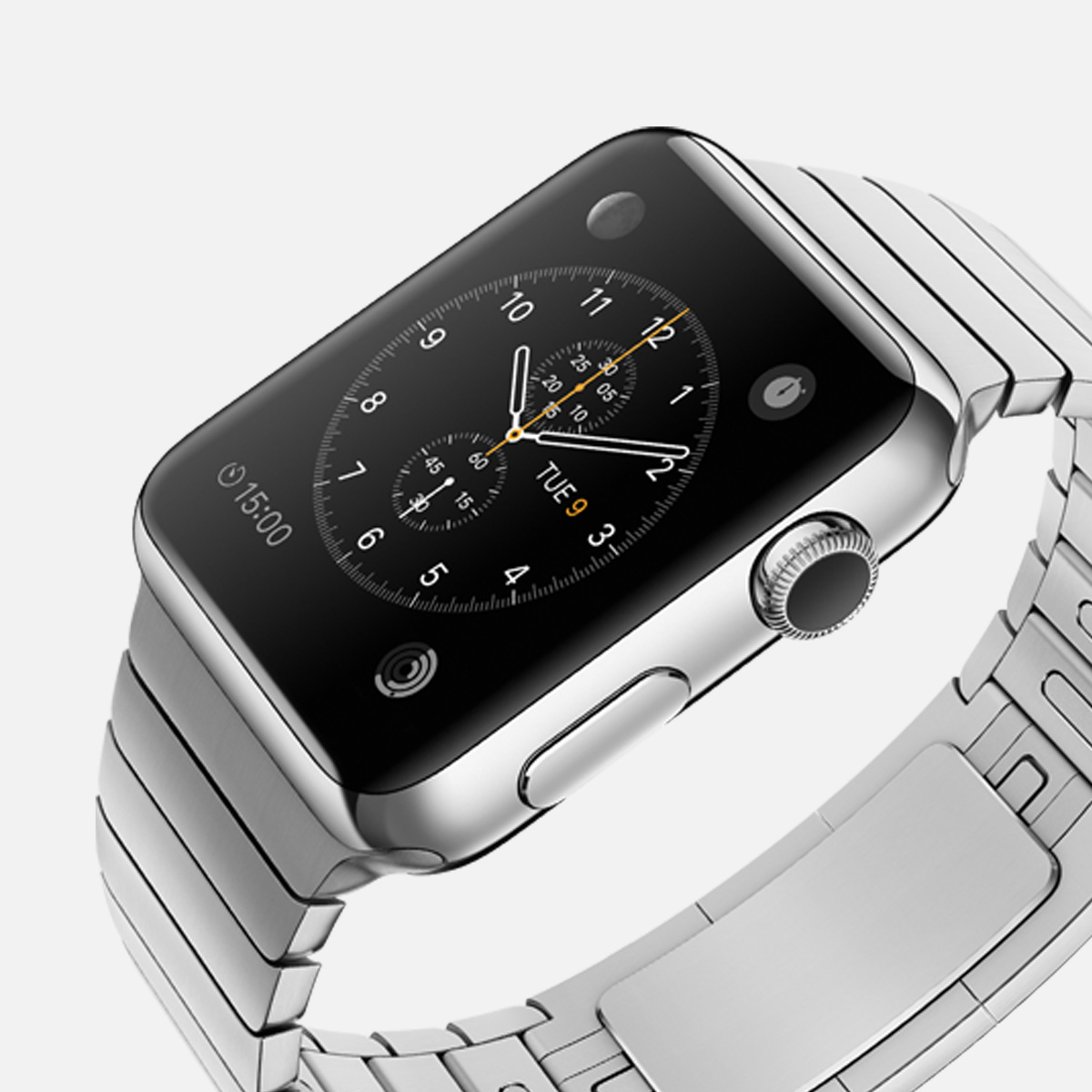Apple’s much-hyped foray into the wearables market, revealed on Monday, is expected to shift more than 40 million units during its first year. According to new research from digital banking software firm Intelligent Environments, one in ten Brits already plan to snap up the Apple Watch as soon as it goes on sale. The legions of Apple fans and fashion followers waiting to shell out for it could mean wearable technology suddenly becomes a real market mover.
But what implications might the Apple Watch have for our data privacy and security? Wearable technology is already starting to be integrated into consumers’ lives- the Apple should only accelerate this. Geoff Webb, senior director of solution strategy, NetIQ, says wearables create interesting security challenges that we shouldn’t ignore before leaping onto the Apple Watch bandwagon.
> See also: Why businesses must act now over wearable security threats
After all it’s one thing to have someone steal our contact list- It’s quite another for them to have access to data about our finances, health, eating habits, the places we go, even the people we meet. But the launch of the Apple watch is an inevitable element of the move towards embedding more connected devices in our lives.
‘We shouldn’t think of the Apple watch as anything more or less than one more aspect of the internet of things and the way it’s going to change how we interact with technology,’ says Webb. ‘It’s interesting to note the watch has strong linkage to the smartphone – something I expect we should see continue with other wearables – and that the smartphone increasingly becomes the point of presence on the internet for wearable compute devices.’
What this does mean, however, is that any vulnerabilities in the smartphone become inherited by all the wearables that connect to it, warns Webb. That is, if the smartphone, or the services to which it connects, are compromised, then essentially everything downstream of that is also compromised.
‘Why hack a smart watch when I can hack the phone it connects to?’ he says. ‘And why attack the phone if I can attack the central services that support it online? The impact of vulnerabilities, especially in cloud services, will rapidly cascade as we link more and more ‘things’ to them – something we should be aware of today as manufacturers design the infrastructure to support these wearable computing tools.’
As Webb explains, we’re moving into a world in which we will carry a significant compute capability with us – and perhaps even more importantly, a significant sensor capability with us too.
‘Every additional wearable will enable more data to be gathered about us, our activity, and our environment, which is likely to be funnelled through existing communications hubs to online services,’ says Webb. ‘As the wearables and services become more and more intertwined, so the challenge of keeping that information private and secure will grow.’










